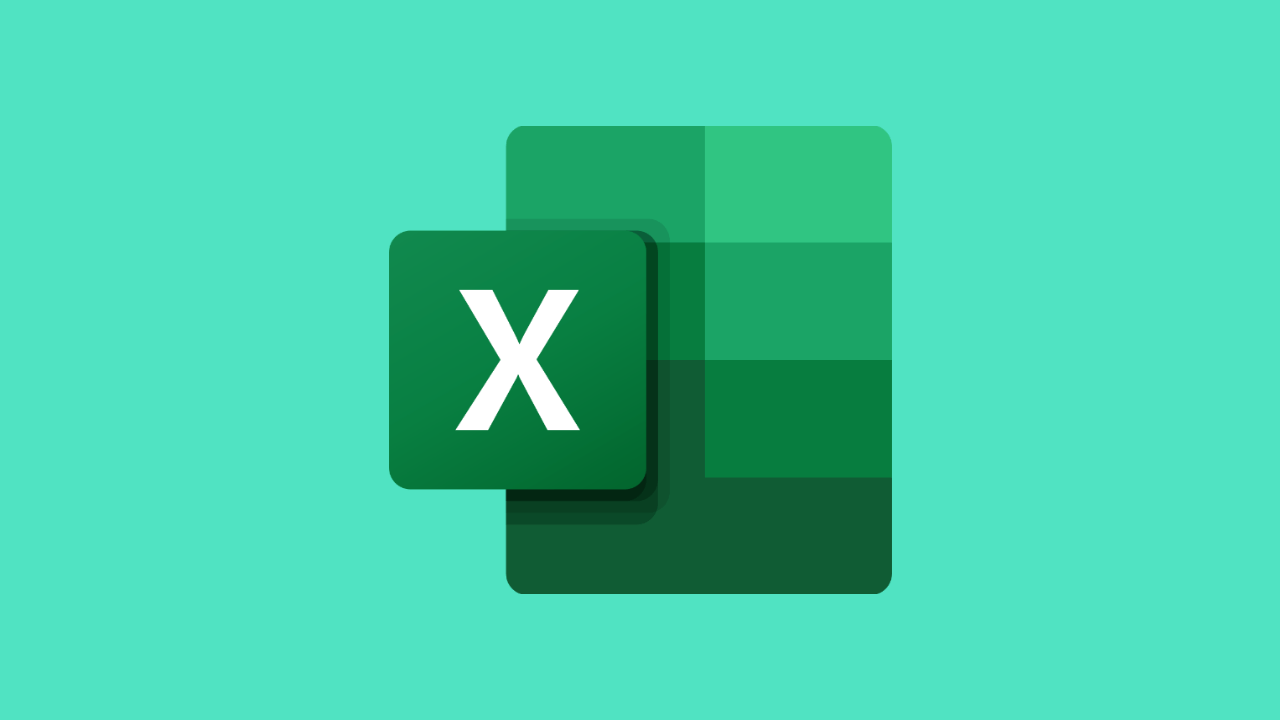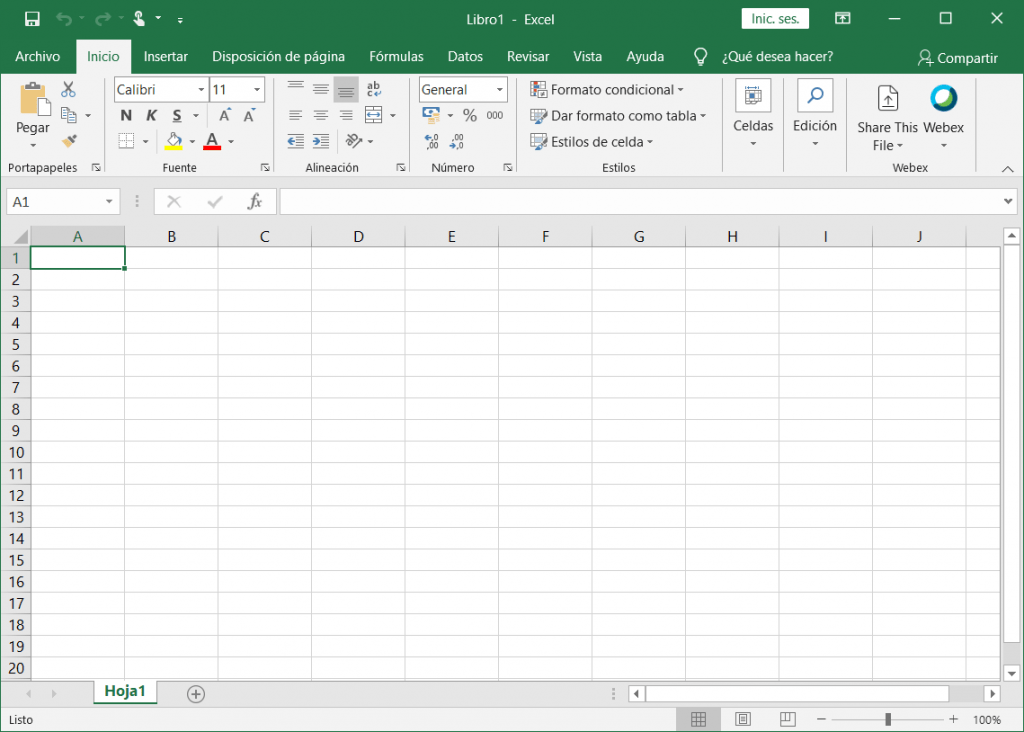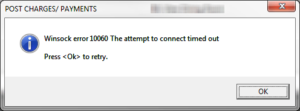
Known what is Microsoft Excel and what are its main functions and features that have made it the most popular data analysis tool, used by more than 1 billion users worldwide.
In case you don't have it yet, download this Office program on your computer or smartphone.
What is Microsoft Excel and what is it for?
Microsoft Excel is the spreadsheet used for data storage and analysis in rows and columns.
The first version was released in 1985, initially for Macintosh computers. Later, on 1987, the first version for Windows would be released. Since then, this commercial Office software has only evolved by adding powerful functions for statistical and general data analysis.

You can use Excel to perform the following tasks:
- Data storage and analysis
- Record expenses and income
- Budget planning
- Perform mathematical calculations using formulas
- Keep the books
- Create interactive tables and graphs of data.
- Business analysis
- and more.
The latest version is Excel 2019, which includes the latest features and functions of the app. Although you can also download other old versions of this program, especially for compatibility issues.
Excel functions and features
Cells
Excel presents a format of rows and columns that are interleaved with each other. Each cell is identified by a number Y a letter. The letters identify each column, while the numbers identify the rows.
The cell format allows us to classify and identify the information in a simple way. With just one click, we can write on it.
Spreadsheet
Excel also allows us to create different sheets within the same document. Each worksheet contains its own cells and the corresponding information in them. Style sheets allow us, in the same document, store related but different information. That is why every document in Excel is called: “Work books”.
Style sheets can be named and are in the lower left.
Formulas
Another particular aspect of Excel is that it allows us do math automatically. We can do these operations by selecting the columns or rows that we want to calculate and clicking on the option “Formulas” and selecting any of these options.
Formulas are done automatically. Then, if we change any number, the result will update itself. That is why Excel is perfect spreadsheet software..
Graphics
With this software we can also analyze data through graphs. In the tab “insert”, we will find the option to show all cells in a graph.
Excel offers us a wide variety of graphs according to each need: bars, pastel, lines and more.
Choices
The Ribbons are a top menu where the software functions are divided between different tabs that classify the functions. On the home tab, for example, there are the options to modify the color of the columns, the type and size of the fonts, etc.
In the tab “formulas” there are all the mathematical operations that Excel allows us to calculate. And so with each.
Excel tables
Excel tables are a function that allows us to segment the data into cells. Excel tables add a header Which describes the content of each column.
Dynamic tables
Pivot tables allow us to analyze the data found in Excel tables intelligently. A table, for example, allows us to perform mathematical operations on rows and columns.
Suppose we have a column with the name of each employee and another with the amount of income each one produced. Pivot tables allow us to see how much each individual employee produced and add up all the money automatically. A smart and simple way to analyze and relate a large amount of data.
Display mode
The software also has three display modes, which can be modified at the bottom right of the document.
- The normal mode is the one that shows us an unlimited number of cells and is the default option.
- The page layout gives us a better view by dividing the stylesheet into different pages.
- And the last one is the page break that will show us the entire spreadsheet from afar.
Templates
And finally, Excel brings by default different templates according to our requirements: for agendas, calendars, invoices, schedules and other things.




